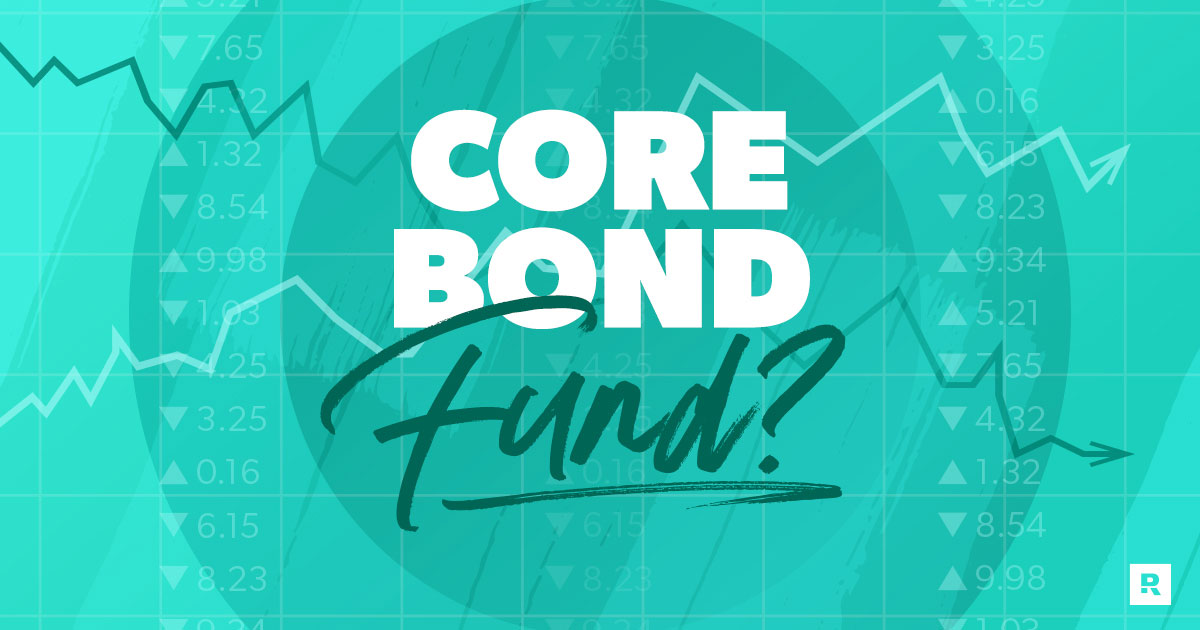
Core bond funds are the new guy on the investing block. They’re basically a diversified bond fund, or a collection of a lot of different treasury and corporate bonds. When you buy into one, you’re buying multiple bonds at a time.
This minimizes risk for the lender (aka you), so if one of those bond holders (aka a corporation) goes into default, then you don’t lose all of your money. It’s less risky than the stock market, but riskier than a certificate of deposit (CD).
No one really seems to know for sure what the “core” in core bond fund means. It varies from company to company. One core bond fund may have more high-yield bonds in their fund while others don’t, so do your research on what each fund offers.
How Does Interest on Core Bond Funds Work?
Interest rates for core bond funds vary. Funds with higher risk bonds tend to have higher yield percentages, while sturdier bonds have lower yields. Why? Well, the higher yields entice people to buy in even though there’s more risk involved.
Market chaos, inflation, your future—work with a pro to navigate this stuff.
As for interest on your principal, a core bond fund grows interest just like any bond would. When you loan money to a company through the purchase of a bond, you enter into an agreement that says the company will pay back your principal plus interest when the bond matures. However, if you pull your principal out before the bond matures, you risk losing money.
Does Dave Ramsey Recommend Core Bond Funds?
When it comes to investing, core bond funds shouldn’t be your go-to wealth-building strategy. The rate of return is usually lower than the stock market. And when interest rates start going up, the value goes down. That’s what usually happens with bonds—they go down in value when interest rates go up, which causes you to lose money.
Dave doesn’t invest in bonds. Ever. And he doesn’t encourage anyone else to do so either. He invests in good growth stock mutual funds, and that’s what you should do too.
Here’s an example: A $1,000 investment in a core bond fund with a 5% annual interest rate and a AAA rating will yield $50. Take that same investment and put it into a diversified mutual fund portfolio at an average rate of return of 14% and you’ll walk away with $140. That’s almost triple what the core bond fund produced. Not to mention compound interest allows you to reinvest the $140 to yield even more. Try our compound interest calculator that will do the calculations for you.
It’s important to know what you’re investing in and how well it’s going to perform in the market. That’s a big decision, but it doesn’t have to be a hard one.
A SmartVestor Pro can help you make the right decision for your money so you can feel confident in your investments. Find a SmartVestor in your area who has the heart of a teacher and can help you make the right
Make an Investment Plan With a Pro
SmartVestor shows you up to five investing professionals in your area for free. No commitments, no hidden fees.
This article provides general guidelines about investing topics. Your situation may be unique. To discuss a plan for your situation, connect with a SmartVestor Pro. Ramsey Solutions is a paid, non-client promoter of participating Pros.



